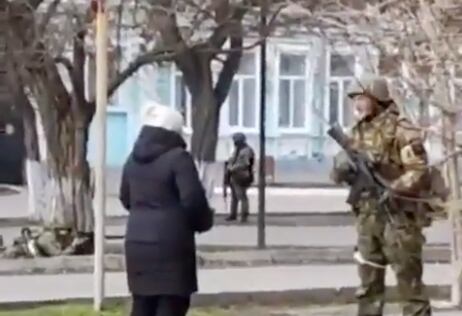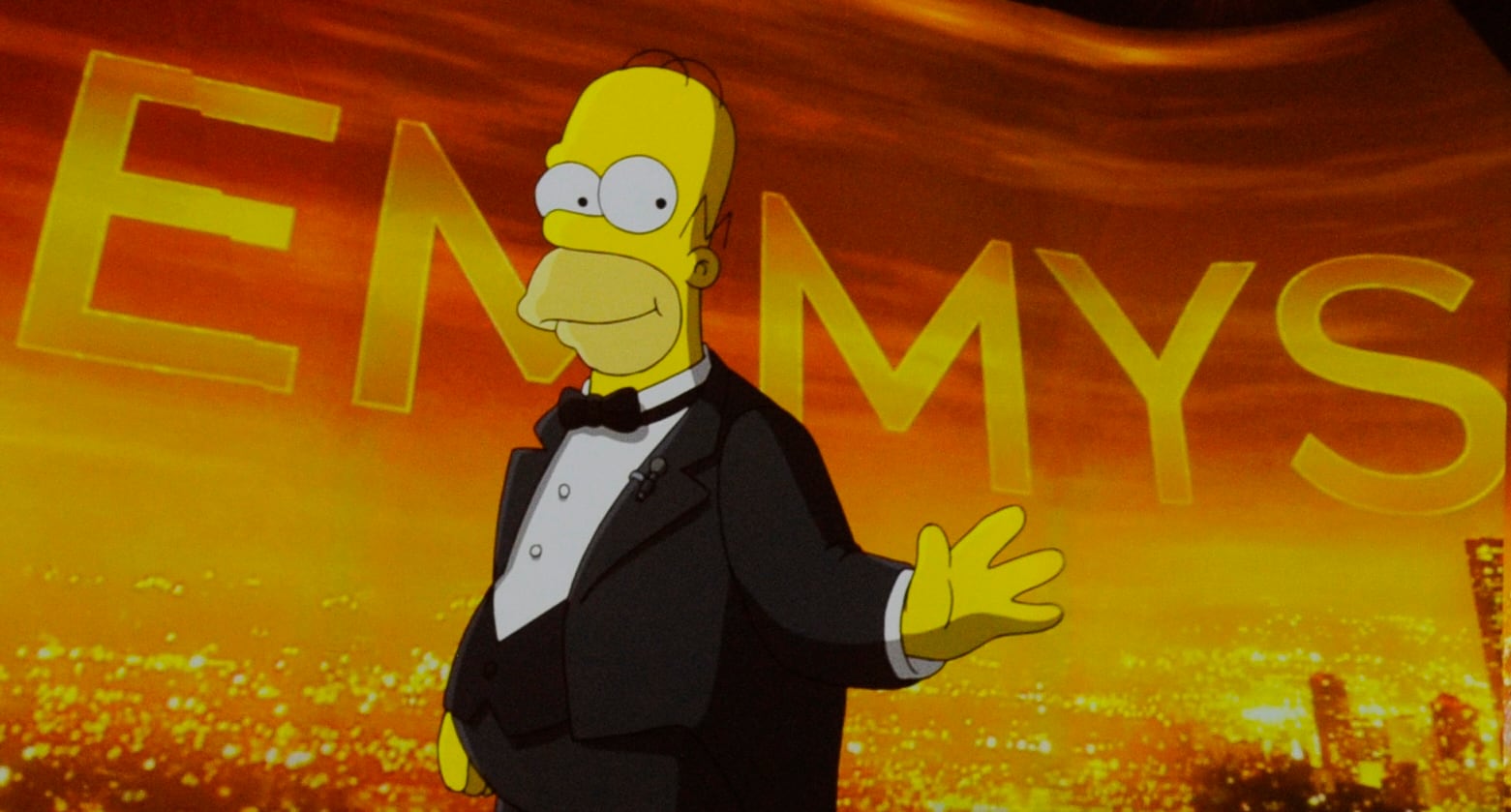The laundry list accomplishments of the “Ghost of Kyiv,” Europe’s first Ace pilot since World War II, continues to grow as the Russian invasion in Ukraine, which began Feb. 23, rages throughout its cities.
Latest kill count reports suggest the Ghost has downed six Russian aircraft. But is he real? Nobody knows, though it‘s unlikely. For now, the phantom flying legend is proving to be, more or less, a great piece of Ukrainian propaganda.
Though its troops face what some would call an insurmountable challenge from the Russian military, Ukrainian media, with the help of organic reach, is currently winning the hearts of minds of people in the Western world with tales of old ladies standing up to Russian troops, 80-year-old grandfathers volunteering to fight, Army cats that catch snipers, and one brave soul who punched a convoy of Russian trucks in the face.
The veracity of these stories have proven impossible to independently verify as firefights rage across the country. But the enigmatic nature of these stories, as New America strategist and the author of ‘Likewar: The Weaponization of Social Media’ Peter Singer notes, may actually be helping the cause.
“It is more about the story of a hero fighting back against the odds than his name or even the truth of the story,” Singer told Military Times.
And the internet is abuzz with rumors of Ukrainian citizens showing unparalleled bravery in the face of impossible odds against Russia, the supposed propaganda pros.
“They have flipped the script on the supposed Russian masters of it,” Singer said. “Ukraine was not only able to keep its population in the fight when the key Russian goal was to cause the quick collapse, but it also energized the West into levels of support that few imagined before all this.”
RELATED

Social media has played a large role in endearing the West to the Ukrainian cause.
The Ukrainian media is highlighting the Russians as aggressors committing atrocities against an otherwise peaceful neighbor, a former senior Army information warfare officer told Military Times, who asked to speak on background to discuss propaganda missions freely.
“On the Russian side, they are trying to portray themselves as not as being the aggressors, but rather as number one defenders of ethnic Russians located inside of the Ukraine,” the retired officer said. “That’s why they try to portray that Ukraine is committing atrocities against ethnic Russians.”
Russia has largely relied on its tight state-held grip over information flow within its own borders.
“Most of the traditional media inside Russia is controlled and they are also on different social media platforms, with high levels of censorship,” Singer noted. “If the war drags on, casualties grow, and the economy slumps further, it will be harder and harder for Putin to sustain their early narrative of an emergency ‘rescue’ and quick and easy win.”
Both the officer and Singer believe that Ukraine is winning the propaganda war at the moment.
“When even Switzerland is joining in the sanctions, you’ve lost that narrative battle,” Singer said.
Ukrainian media has been particularly savvy in playing up the eleventh hour rise of its president, Volodymyr Zelenskyy, whose line, “I need ammunition; not a ride,” may rival the likes of William Shakespeare’s “cry havoc and let slip the dogs of war” in terms of quotability.
“He went from relatively little known outside Europe to global icon,” Singer said. “That rise of support and sympathy was a key part of Ukraine convincing other states to aid its cause. Great strategy, from a natural communicator.”
Zelenskyy essentially became a hero, the voice of freedom from tyrannical oppression overnight. But to Russians, he is the villain.
“I heard one media source refer to him as the the George Washington of Ukraine,” the former officer said. “But in Russian media, he’s portrayed as being illegitimate and the guy responsible for these atrocities against ethnic Russians within the Ukraine.”
It is, as the intelligence officer noted, up to the media to help determine truth from sensationalism.
“Both sides are trying to control the narrative,” he said. “For me, that’s the story. Right. They’re using these unconfirmed reports and social media to portray things the way they want them portrayed to garner global public opinion.”
Ukraine, however successful it has been with sharing and having signals boosted on feel-good stories, it’s not without its share of disinformation, however.
Early in the conflict, the Defense Ministry’s official Facebook page was caught sharing footage of a supposed aerial dogfigh with the caption “MiG-29 of the Air Force of the Armed Forces destroys the ‘unparalleled’ Su-35 of the Russian occupiers”. It turned out to be from a video game called “Digital Combat Simulator, according to BBC.
Social media has made it increasingly difficult to find fact from fiction, the former intelligence officer said, adding that journalists need to be the ones defining that line.
“It’s Western media’s responsibility to be more objective in their reporting,” the Army officer noted. “What’s changed is that now, the media has become so ubiquitous sources of media are so ubiquitous, that how those stories get written and portrayed is it even more important than it ever has been.”
Sarah Sicard is a Senior Editor with Military Times. She previously served as the Digitial Editor of Military Times and the Army Times Editor. Other work can be found at National Defense Magazine, Task & Purpose, and Defense News.
In Other News















